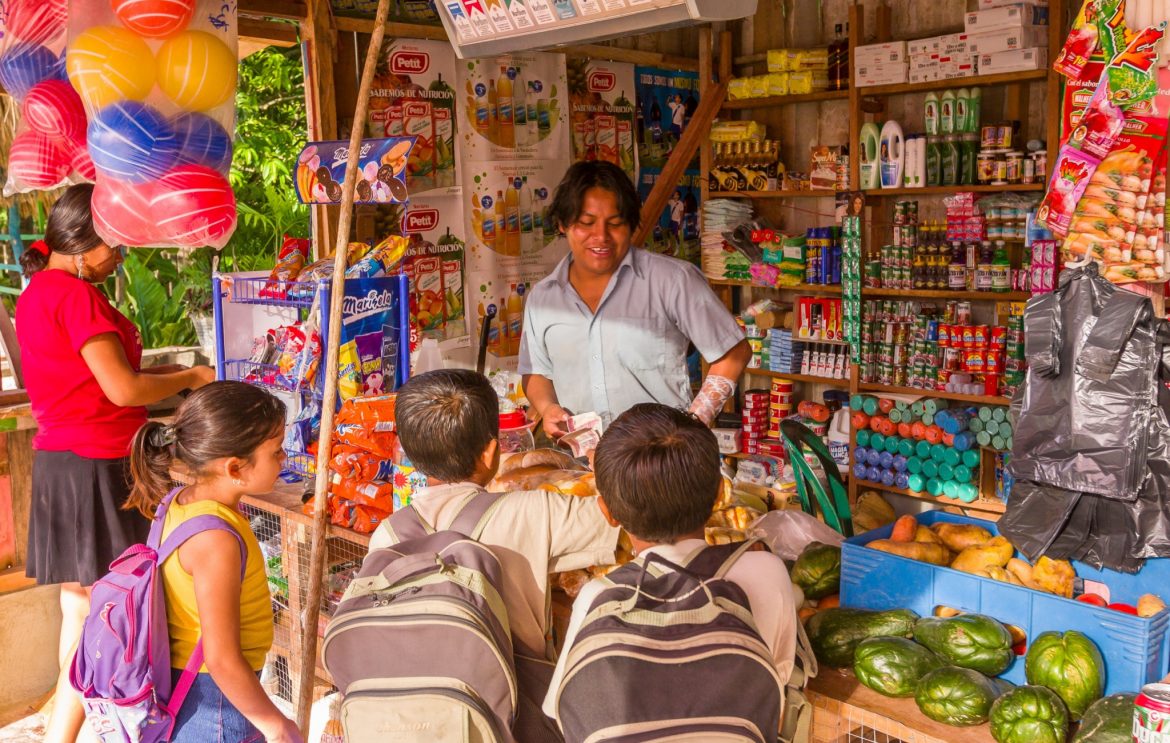
For decades, international development has been synonymous with massive aid programs, billion-dollar projects, and slow-moving bureaucracies. Governments and global institutions have spent trillions trying to address economic and social challenges in developing countries, yet these efforts often fail to deliver real impact. Why? Because they overlook the most important factor: the people themselves.
The global aid system is broken. Instead of empowering individuals, it funnels money into bloated institutions where funds dissipate into overhead costs, corruption, and inefficiency. The intention is good, but the execution is flawed. What if we flipped the model? What if, instead of relying on top-down solutions, we placed resources directly in the hands of those who need them most?
Consider this: trillions of dollars have been spent in places like Iraq and Afghanistan, yet the tangible outcomes are questionable. The World Bank has highlighted instances where development projects aimed at creating employment have faced criticism for high costs, with some exceeding $20,000 per job. Much of this money never reaches the intended beneficiaries; it gets entangled in administrative expenses, consultant fees, and governmental inefficiencies.
Moreover, organizations like the United Nations, World Bank, and IMF often channel funds through the very governments whose corruption perpetuates poverty. It’s akin to attempting to cure lung cancer by partnering with tobacco companies. These governments are part of the problem, yet they’re treated as part of the solution. Funds meant for development are siphoned off by elites, squandered on vanity projects, or used to maintain power rather than uplift communities. Meanwhile, millions remain trapped in poverty without real opportunities for change.
To compound the issue, many of these countries — due to endless war, conflict, and instability — have lost agency over their futures. They’re ensnared in a cycle where external forces dictate their progress, leaving their populations powerless. Large-scale aid programs often reinforce this cycle by prioritizing stability over self-sufficiency, keeping governments dependent on international funds rather than fostering resilience from within.
Instead of pouring billions into this void, what if we allocated a fraction of that money to directly fund entrepreneurs, innovators, and changemakers? That’s the approach we’re taking at Ideas Beyond Borders, and the results are compelling.
Take Hakim Hashim from Mosul, Iraq. After his city was devastated by ISIS, he envisioned a female-only taxi service to aid women’s mobility. Traditional banks wouldn’t lend him money, and aid agencies overlooked his vision. So, we provided him with $3,000. Today, he employs 57 people and is transforming transportation for women in his city.
Or consider Hany Hamada, a Syrian refugee in Turkey. Observing that new refugees struggled to learn Turkish, he established a language school. With a modest grant, he expanded his business to employ 33 people—all refugees. These aren’t isolated incidents; they’re examples of what happens when we trust individuals to shape their own futures.
One of the greatest advantages of the microgrant approach is its capacity for immediate self-correction. Traditional aid programs can take years to adjust, but microgrants allow for rapid feedback and pivots, minimizing waste and maximizing impact. This method also reduces corruption; by limiting grants to one per person, we eliminate opportunities for centralized exploitation. Leveraging AI and statistical modeling, we can analyze outcomes in real-time, continuously refining the model to ensure resources are allocated effectively. For instance, organizations like GiveDirectly have employed AI to identify disaster-affected households, enabling swift and direct cash transfers.
The numbers speak volumes. Traditional aid programs may incur costs exceeding $20,000 per job created. In contrast, our microgrant model reduces that cost by more than 90 percent, creating thousands of jobs. It’s not even a competition. The microgrant model succeeds because it eliminates bureaucracy, empowers local talent, and delivers real, measurable outcomes. Beyond its efficiency, microgrants offer a low-risk, high-impact approach to development. Unlike large-scale projects where failure can result in substantial losses, microgrants provide a low-barrier path to opportunity. If a project doesn’t succeed, the loss is minimal; but when it does, the rewards are transformative. This strategy ensures that even in highly unstable regions, risks are contained while the potential for economic growth remains substantial.
This isn’t solely about aid; it’s about global influence and leadership. The Microgrant Revolution isn’t just an effective economic model—it’s a strategy for America to enhance its soft power. China’s approach to foreign aid is large-scale, centralized, and infrastructure-focused, constructing roads, ports, and railways through top-down, state-controlled projects that often leave recipient countries indebted and reliant on Beijing. Their model emphasizes control, not empowerment.
In contrast, America’s greatest strength lies not in central planning but in its entrepreneurial spirit, innovation, and individual empowerment. Microgrants embody the American ethos in development aid, focusing on freedom, self-reliance, and grassroots growth. This is what makes America exceptional, and it’s how we can build a better world — by equipping people with the tools to forge their own futures, rather than making them dependent on government assistance. By investing in microgrants, America can redefine its role in global development, demonstrating that true empowerment arises from enabling individuals, not controlling them. This approach fosters goodwill, strengthens alliances, and builds genuine, lasting economic resilience in partner nations.
If we aim to fund social change, it must originate from within. The experiences in Iraq and Afghanistan have taught us that you can’t impose democracy through force. However, local organizations that advocate for democratic values have a significantly higher chance of long-term success, especially when they’re accountable to their communities and must compete for support, rather than relying on Western aid. Social movements that develop organically, rather than being externally imposed, are far more resilient and impactful.
Aid doesn’t have to be expensive to be effective. We don’t need more billion-dollar programs that yield minimal impact. We need bold, direct investments in individuals who already possess the ideas, drive, and capability to transform their communities. If we genuinely want to revitalize struggling economies and post-conflict societies, we must shift from funding bureaucracy to funding talent. The question isn’t whether we can afford to do this; it’s how can we afford not to?
It’s time to stop waiting for governments and institutions to solve the world’s problems. The individuals who can effect change are already here. All they need is an opportunity. Let’s provide it to them.
